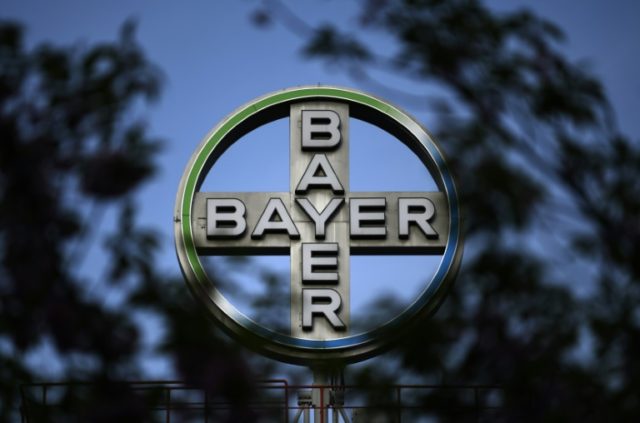



I'm going to continue those practices for sure.”īut he’s not locked into these practices once his contract ends, and there is no guarantee that other farmers will continue the practices when their contracts expire, reversing some or all of the environmental gains.Ī top adviser to Biden is proposing to create a carbon bank at USDA that would buy and sell carbon credits from farmers using a reverse action technique in which farmers bid the prices they want to be paid. “We're going to continue those practices after CSP that's not going to change. Kent says his conservation practices are crucial in his profitability and he won’t stop doing what he's doing. Programs like CSP can’t guarantee farmers long-term income - funding for the program is capped by the farm bill and farmers like Kent have no assurance of getting their five-year contracts renewed. farmers.įor Kent, the government payments from the Conservation Stewardship Program have been critical to making his farm sustainable financially, and covering the cost of his conservation work, which not only reduces his carbon footprint but helps curb pollution that for decades contributed to the Chesapeake’s large oxygen-deprived dead zones.
BAYER CARBON CREDITS SERIES
His aggressive pursuit of conservation practices aligns well with what the National Sustainable Agriculture Coalition (NSAC), in a recent series of blogs, enumerated as the best climate-change-fighting practices for U.S. His current practices include manure treatments to limit emissions of methane, a greenhouse gas conservation tillage methods that avoid turning over the soil and releasing carbon dioxide into the air and planting cover crops to build carbon in the soil and prevent the runoff of nitrogen and phosphorus into the nearby Middle River, part of the Chesapeake Bay watershed. One of many early moves was hand-seeding fescue in what he had first found as a mud flat where lounging cows had denuded the farmstead’s river bank.
BAYER CARBON CREDITS PLUS
Kent, who raises dairy and beef cattle, plus 100,000 turkeys, currently earns $17,000 a year in conservation program payments for a range of practices he’s adopted since buying what was a starter dairy farm 20 years ago. “Anytime there's a financial incentive, it gets you even more interested in doing what you're doing,” he said. His plan, and the numerous private market programs that are springing up, face numerous questions: Can they pay enough to attract a critical mass of farmers? Will some farmers benefit more than others, based on where they farm or whether they can afford to adopt new practices and technology? And will farmers get paid somehow for steps they’ve already taken to slash greenhouse gas emissions?Ĭount Kent as interested in the idea of carbon payments.


 0 kommentar(er)
0 kommentar(er)
